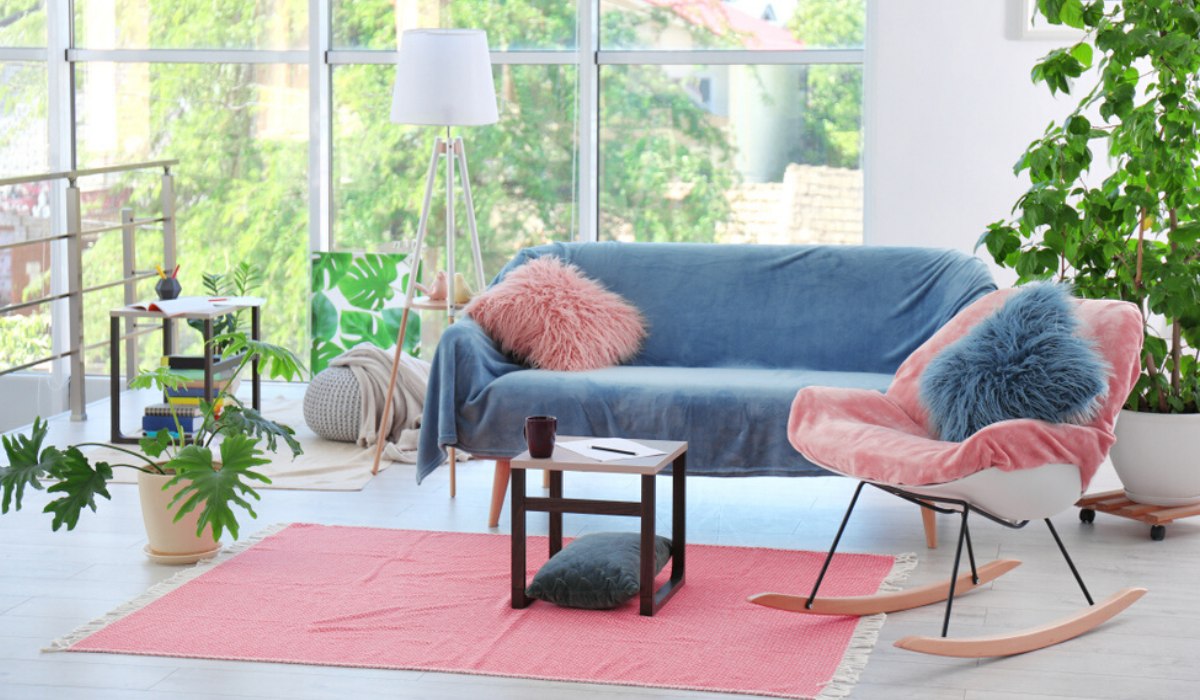Turning Your House Into a Home That Can Improve Your Well-Being

Your house can help improve your mood every day.
Humans are very complex creatures. Aside from the basic needs such as adequate food and water, there are other essentials for living such as companionship, feelings of acceptance and appreciation, security and trust, empathy, and affection. A person’s physical health is not enough for survival. One must also have emotional well-being which, if not taken care of, can also lead to physiological ailments and vice versa.
So, a house does not have to be simply a structure where you rest and sleep. It can be more than that. It can aid in creating a life that is full of health, for both body and mind.
Physical and Mental Health: What You Need
Thanks to scientists and researchers, there have been numerous studies that reveal factors that affect a person’s well-being. Eating a balanced diet can, of course, boost physical health, but previously-published papers found strong links between food and emotions.
For example, chocolate is known to trigger the production and release of serotonin, a neurotransmitter associated with regulating mood. About 95% of the serotonin in your body is created in the gastrointestinal tract. It makes sense that chocolate, and other foods, can have an influence in its presence or absence.
Exercise, too, can improve physical and mental health. Studies have found that physical activities reduce stress and improve symptoms of anxiety, depression, and attention deficit hyperactivity disorder (ADHD).
Only Natural Light During the Day
Neither food nor exercise can be integrated into a home’s design, but this one can. Choosing to install high-quality skylights and large windows around your home open up the building to natural light which can improve your mental well-being.
There are many ways natural sunlight influences mental health, but one interesting connection uncovered by one study is the level of serotonin found in the body among participants during sunny days compared to cloudy days.
Moreover, exposure to natural lighting has been effective at treating seasonal affective disorder (SAD). The condition which is associated with lethargy and feelings of hopelessness typically comes around in fall and winter when people are more often stuck indoors and do not get enough sunlight.
Whether it is spring or winter, flooding your home with natural daylight might contribute to better moods and overall mental well-being.
Maintain the Peace
A peaceful environment can keep your mind calm. Of course, this does not mean all sounds are bad. There are pleasant sounds that people do not mind such as a song from a bird or the rustle of the leaves. On the other hand, there are sounds that elicit a negative response such as the blaring of a truck’s horn or the yelling of angry neighbors.
Unless your house is situated in the middle of the forest, far from other houses or a major highway, then you likely at least occasionally suffer from outdoor noise. Noise disrupts sleep. It can prevent a person from feeling at ease inside of their own home. Luckily, there are ways to reduce unwanted sounds from entering the house.
Homeowners can apply techniques to orient where the sound goes and how it acts. Using absorptive materials indoors can ensure that, no matter what the activity is inside the living room or kitchen, the bedroom can remain quiet. By incorporating reflective materials, the sound does not pass through, but bounces back to its source, ensuring that outdoor noises stay out.
Minimize Distractions
At home, you can control the amount of and types of stimulation you are exposing yourself to. The world is overstimulated. At the end of your hand, you can find and fiddle with your smartphone. When you are bored, you can switch the television on or listen to music from your record player. As soon as you go out, there are billboards and signs that sell products and services.
At home is where you should be able to catch your break.
Experts recommend creating a distraction-free zone. This means that there should be no device around. In this space, whether it is your living room or a small reading corner, you are not allowed to scroll your smartphone. You should not have a television or a record player. You are prohibited from answering email on your laptop, too,
Most homes design around the entertainment system. The couches and chairs are all pointed toward the screen, not each other. So, instead of a TV, design around people. Your distraction-free zone could be beside a large window overlooking the garden where you can soak in the natural daylight and watch the flowers bloom in peace.
Having a little time of stillness without any stimulation is good for mental health.
Your environment can impact your mental health, and knowing how much of your life you spend at home should motivate you to make some changes that will prioritize your well-being over your possessions or interior design.